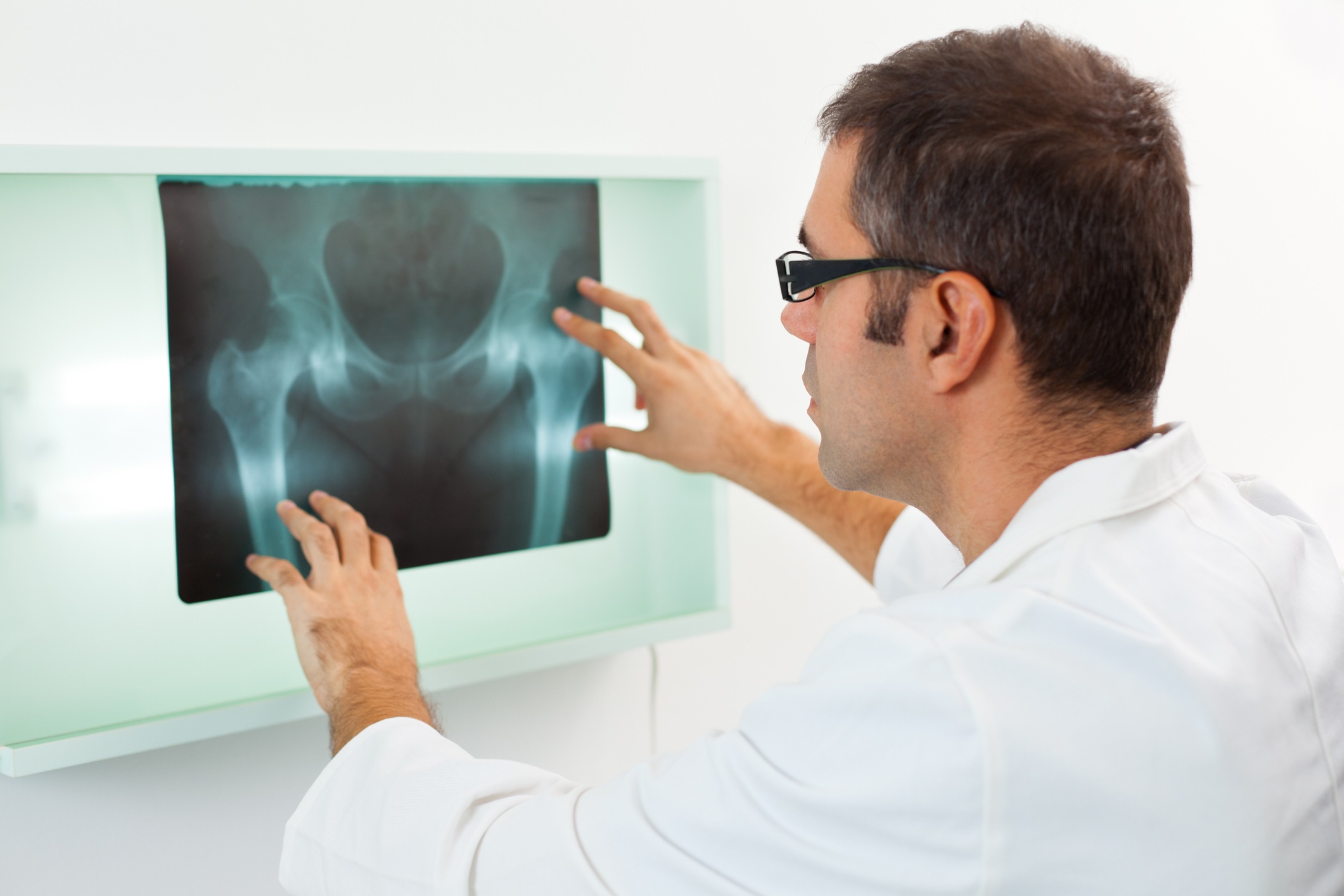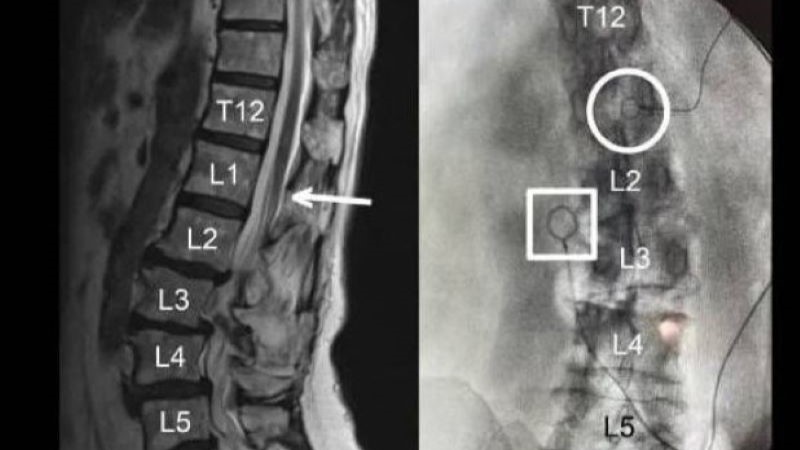
A study measured the impact of surgeon handedness on component positioning and hip function in total hip arthroplasty (THA) performed using the direct anterior approach (DAA).
Between May 2016 and November 2018, 102 patients underwent bilateral DAA-THA simultaneously at a single institution performed by a single right-handed surgeon. Patients were excluded if they sustained periprosthetic joint infection or periprosthetic fractures during the follow-up period or if they had less than a year of follow-up. Data collection included demographics, cup positioning, stem alignment, femoral stem fit, Harris Hip Score (HHS), and intra- and postoperative complications.
Most patients (n=96; 94.12%) had osteonecrosis of the femoral head, while 2.94% (n=3) had developmental dysplasia of the hip and 2.94% (n=3) had rheumatoid arthritis. Most patients (n=59) were male. The average age was 43.39 years (standard deviation [SD], 11.91 years), and average body mass index was 22.68 kg/m2 (SD, 2.79 kg/m2).
A significant difference was observed between the inclination of the left versus the right cups (42.61 [SD, 7.32] vs. 39.42 [SD, 7.19], respectively), as well as the stem fit of the left versus right femur (84.34 [SD, 4.83] vs. 82.81 [SD, 6.07], respectively). Safe zone ratio, HHS, and complications did not largely differ between bilateral hips.
“Surgeon’s handedness had significant impact on cup’s inclination and femoral stem fit in DAA-THA. However, there were non-significant findings on anteversion, cup malposition, stem alignment, and safe zones,” the researchers summarized.







 © 2025 Mashup Media, LLC, a Formedics Property. All Rights Reserved.
© 2025 Mashup Media, LLC, a Formedics Property. All Rights Reserved.